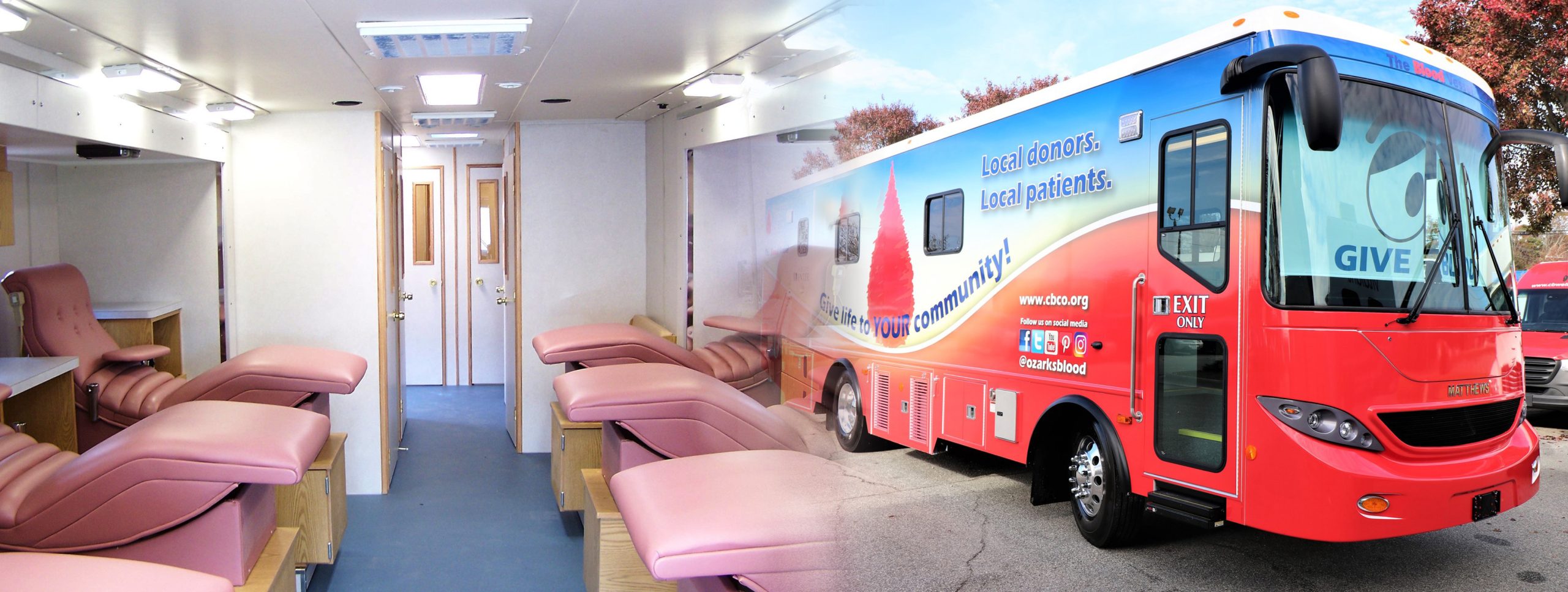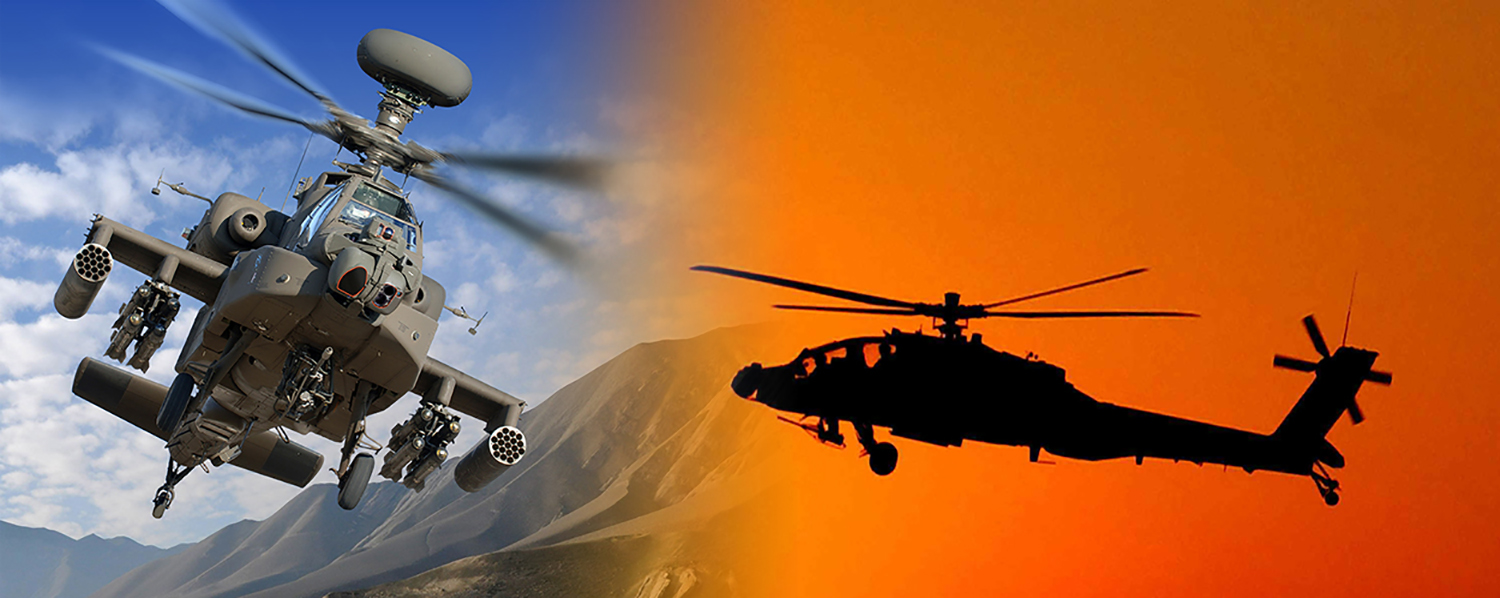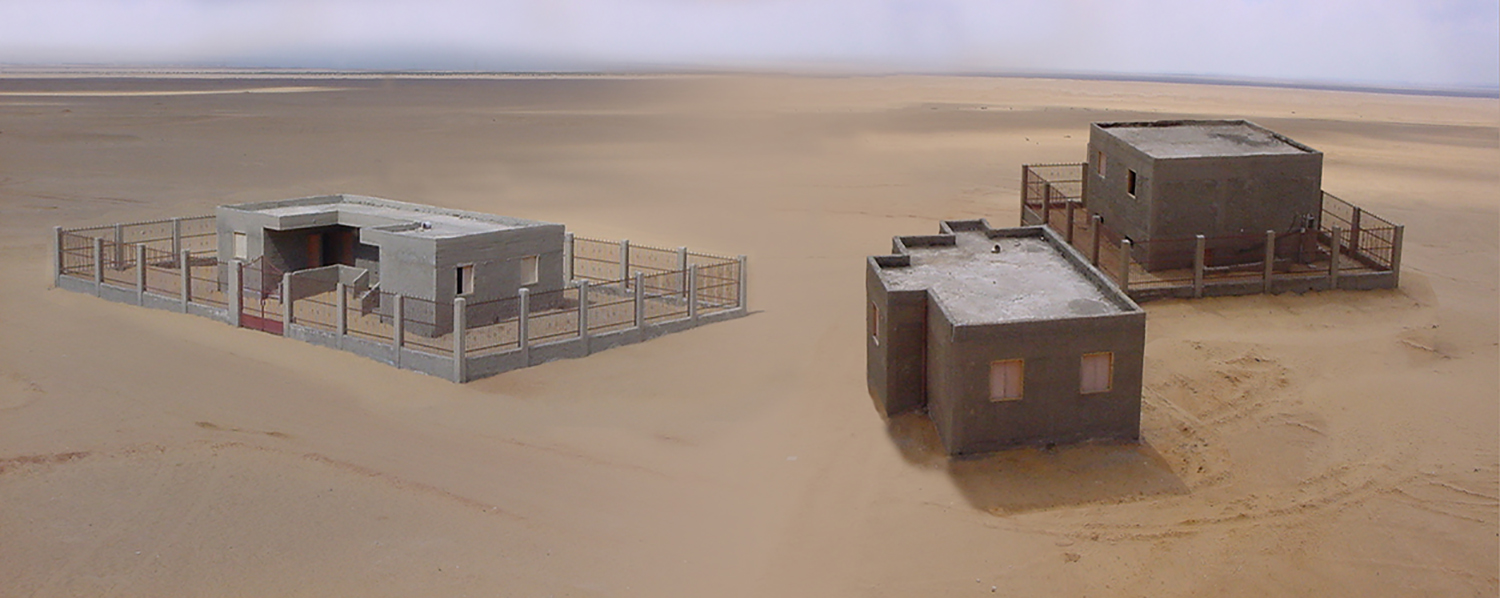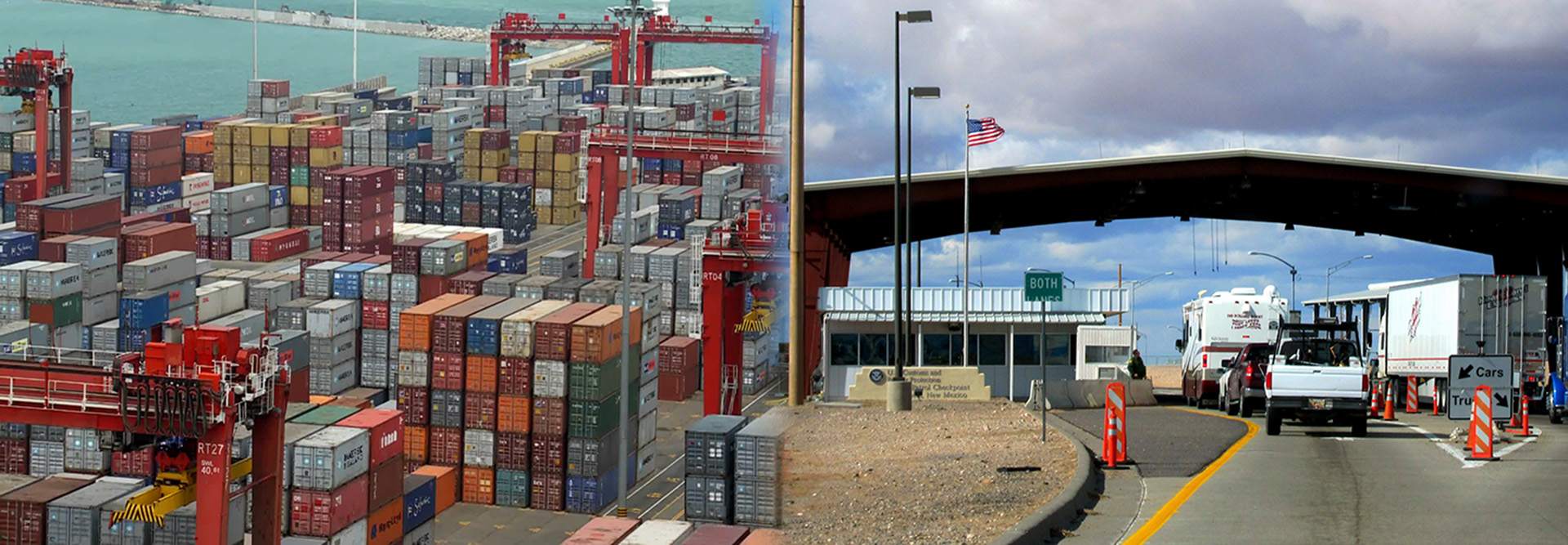Aviation & Aerospace

Wassel Corporation has over twenty years of experience in managing, designing, developing, and deploying Combat Training Center (CTC) instrumentation systems. Wassel Corporation has also participated in the engineering design of CTC buildings and infrastructure. CTCs consist of hardware and software components integrated together to provide realistic, tactical force-on-force live training to armies. CTCs can be designed and scaled for training at the battalion or brigade levels and can be either fixed at permanent training sites or mobile for multiple remote training sites.
CTC systems employ Multiple Integrated Laser Engagement Simulation (MILES) transmitters and detectors that simulate direct fire weapons. These laser simulators are mounted on a variety of small arms, machine guns, vehicles, tanks, missiles, dismounted troops, air defense weapons, helicopter weapons and other types of weapons; augmented by global positioning system receiver equipped data links. The CTC also simulates indirect fire weapons such as artillery, mortar, mine fields, chemical and air bombardment.
The main function of a CTC live training range is to collect; transmit and record position and exercise event and engagement data in near real-time from the field participants in a force-on-force training exercise and to display those data on workstations for viewing in two and three dimensions by the opposing forces training exercise analysts at the operations and exercise control building. Information is ultimately edited and incorporated into an After Action Review which is played back to exercise participants for feedback and learning.
In addition to the field exercise participant information, CTCs also collect, record, and transmit field observer controller observations, position location and any other data collected by the observer controller. Video and camera crews collect digital video clips which are transmitted in near real time from the field to the operations and exercise control building. Training ranges can also receive and record high frequency, very high frequency, and ultra high frequency tactical radio channel voice communications data. The digitized voice and video data are recorded at the operations and exercise control building and are viewed in near real time at the analyst workstations, as well as being incorporated and replayed in a post-exercise after action review.
A CTC consists of several subsystems including:
• Exercise Control – all computational components and training, analysis and feedback analysts’ workstations.
• Field Instrumentation – communication towers and hardware for data, voice and video; weapon engagement simulation MILES hardware.
• Player Units – send position and MILES events to and from the operations and exercise control.
• After Action Review – editing and display hardware to prepare and display the post-exercise presentation data, voice and video material.
Science Applications International Corporation (SAIC, which in 2013 split into Leidos and SAIC) installed and operated the first CTC instrumentation system at the U.S. Army’s National Training Center (NTC) at Ft. Irwin in Barstow, CA, in the early 1980s followed by a major upgrade in the early 1990s. The NTC is the key training center for the U.S. military.





Suite 1015
El Segundo, California 90245
Fax: 310.341.2316
19 Abdelwahab Elkady Street
Suites 13 and 15
Nasr City
Cairo, Egypt








